Greenpeace Russia uses scientific research and decades-long experience to help firefighters and volunteers fight peat fires.
Alexandr Rudnev is a volunteer with Greenpeace Russia. However, Alexandr is not occupied with the activities one would usually associate with Greenpeace volunteering. That's because Alexandr, a young man from Pushkino, a town near Moscow, spends his volunteer time fighting peat fires. This fire season, which usually runs from mid-March to mid-autumn in the European and southern parts of Russia, Alexandr joined the Greenpeace Russia firefighting department, deployed to various wildfire sites and working tirelessly with only a couple of days of rest after fighting one fire before rushing to the next.
His last big fire site of the season was a vast peat bog in the region of Ivanovo, north of Moscow. Peat pockets have been smouldering over an area of some 60 hectares, often metres under the ground. Most probably, the peat fires start from the grass burning because of the negligence of local hunters. In dry and hot conditions, the fire quickly spreads to a huge area.
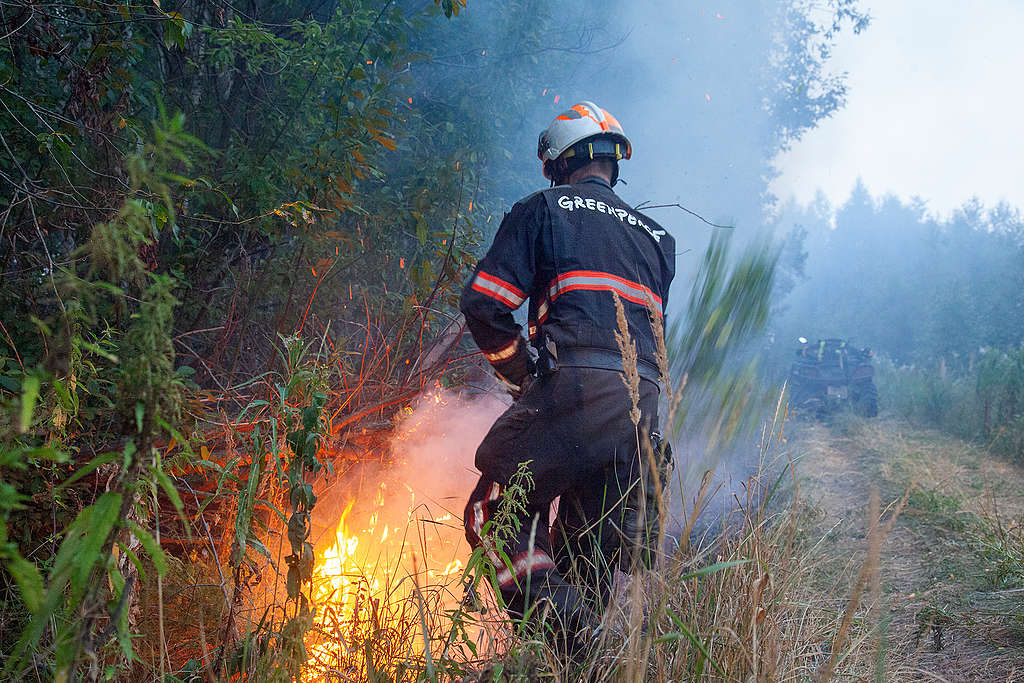
Peat fires are typical for the European and Siberian parts of Russia, where bogs have been drained and the peat extracted to fuel power stations. The dryer, warmer conditions exacerbated by climate change is creating increasingly dangerous conditions for fires to thrive. Most fires are caused by human activities - discarded cigarette butts, abandoned campfires, burnings in agriculture and forestry. But in the new climate conditions, with heat waves and droughts occurring with increasing frequency, these activities become far more dangerous. While fire season traditionally began in early Spring and ended in Autumn, climatic conditions mean that fires are a year-round threat.
Peat soils store huge volumes of carbon dioxide in their organic mass, accumulated over tens of thousands of years. When they burn, emissions are tens or even hundreds of times higher than from the same area of a burning forest. In addition, peat smoke is the most toxic of all wildfire fumes. Now, every year local media report thick, constant smog in various major cities because of the nearby fires. Smoke in smaller towns and villages attracts much less attention, but people there suffer too.
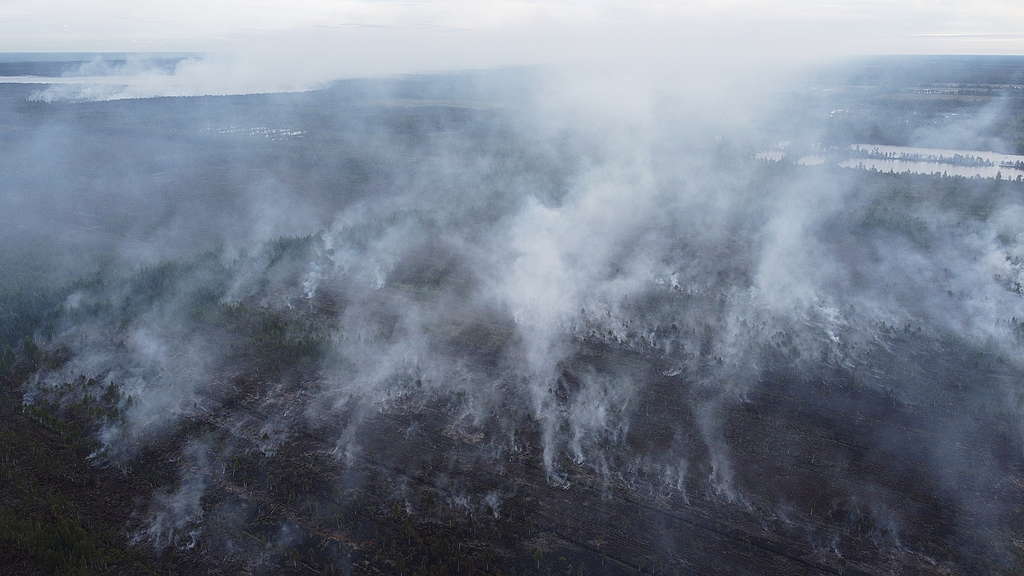
As a result of our warming planet, in recent years, fires frequently occur even in undrained bogs. Peat fires now spread further north, including beyond the Arctic Circle. Highly vulnerable northern ecosystems are suffering, and the thawing of permafrost is accelerating. As a result, emissions of methane, a greenhouse gas 80 times more powerful than CO2, are increasing, multiplying the climate threats and creating a dangerous cycle – more warming leads to more fires, which leads to accelerated warming.
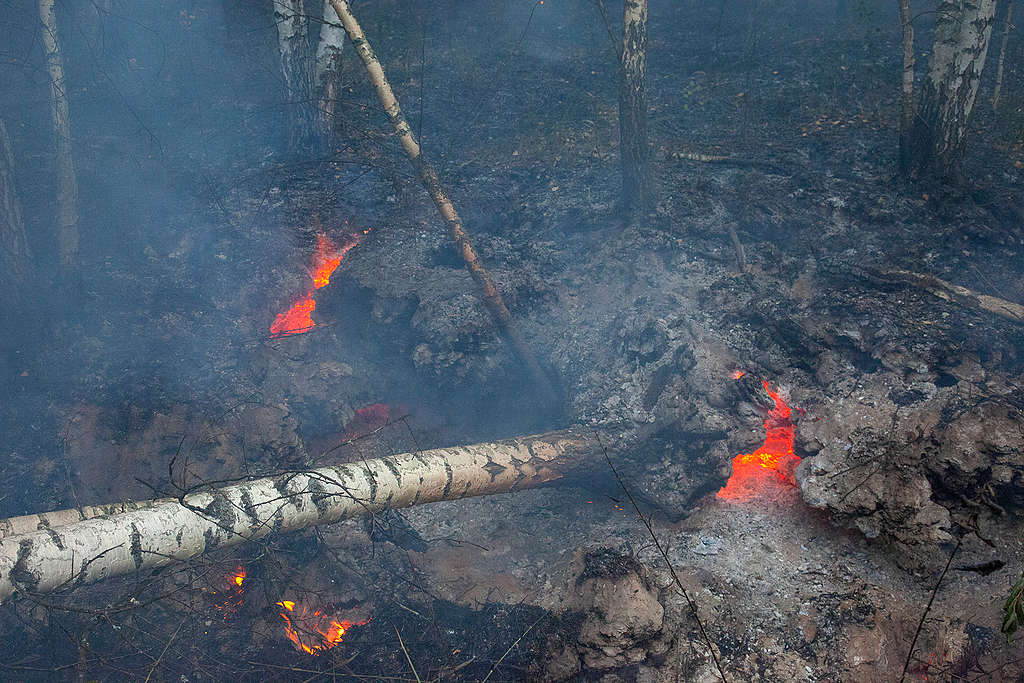
The most susceptible areas to peat fires are, of course, drained swamps. The Ivanovo fires were exactly of that kind. "Firefighters from several nearby villages, along with a local volunteer fire brigade, all in all 20 people – these were the maximum possible forces in the area" says Alexandr. "They could not cope with the fire on the peat bog, so they called Greenpeace to help. Five of us came and were able to do more in three days than locals could do in a week. It is clear why it was like that. Local forestry services want to fight fires but they sometimes do not have the special necessary skills, and there's a dramatic shortage of equipment and gear. There is no normal system to protect nature. You see it virtually everywhere."
Meanwhile, the effect of the wildfires grows. For the northern territories, a new challenge is the increasing number of the so-called zombie fires – peat fires that survive winter precipitation and continue to smoulder under the snow. In spring, if not extinguished, they cause new fires with open burning. Despite all the efforts, Alexandr says, there are still hot spots remaining in the Ivanovo bogs and most probably they will survive the winter. It is now happening in other parts of Russia too - in some regions around Moscow, in the Urals, and in Siberia. The Urals bogs near Yekaterinburg are continuously burning for the second season and there will be zombie fires again this year.
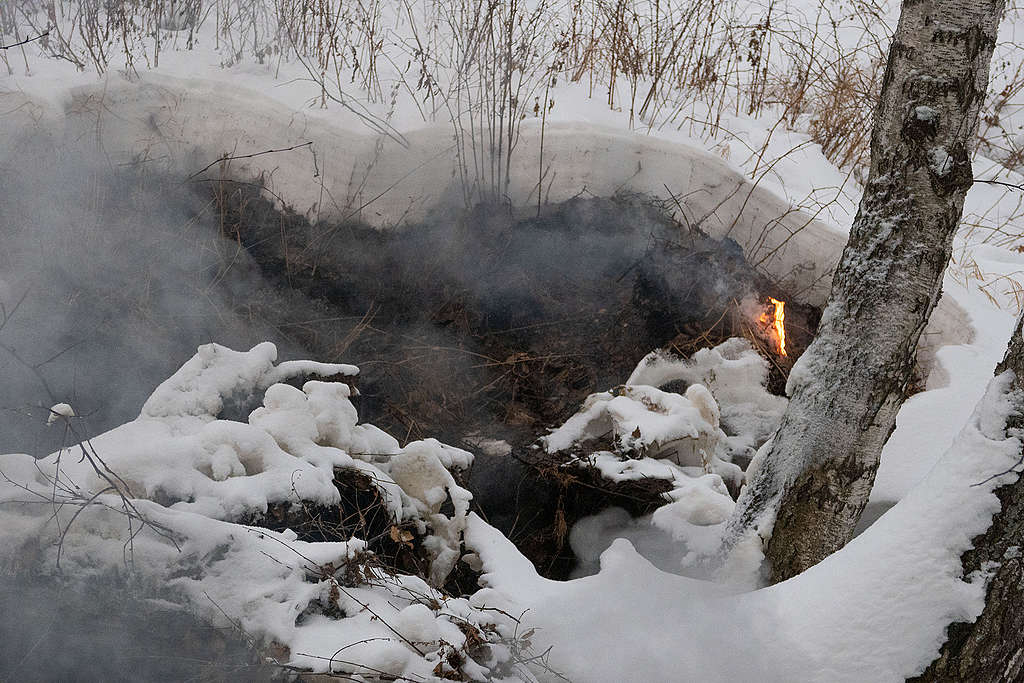
"Local firemen do want to fight fires, and what they can do is to extinguish small spots, say, two by two metres, by pouring water on peat. But when it comes to a huge area like 700 metres by 200 metres, then it is actually beyond their capacity. It requires other methods to fight the fire. And when we come, they say: 'these guys understand what to do, listen to them.' They listen and together, we get it right" .
Three years ago Alexandr fought his first wildfire in the Krasnodar region, in South Russia as a volunteer forest firefighter. He has come a long way from his early volunteer days, starting from the simple desire to get rid of garbage in the park where he jogged every day. He started cleaning it himself. "It's common practice to set fire to garbage which often causes forest fires. I thought about where to go to fight this. From a web search I found a Greenpeace training camp for volunteers. There I met with the guys from Krasnodar and went there. And I decided that I would go all the way and become a specialist who would be asked how to do it all."
"Peat extinguishing is a very laborious task" says Grigory Kuksin, the head of the Greenpeace Russia fire department, from whose 20-year-long experience Alexandr has learned many of his skills. In many cases, effective extinguishing is possible only by flooding large areas. This requires from firefighters not only the practical skills, but also a knowledge of hydrology, understanding of the complex water balance of marshes and the ability to quickly make the necessary measurements. So we collected all our experience as well as the scientific knowledge of hydrologists, biologists and our own experts in a kind of a guide on fighting peat fires."
For several years the Greenpeace recommendations have been used as the main manual on peat extinguishing for both volunteer forest firefighters and professional forestry and fire services. The new edition available in English contains all sorts of practical advice on extinguishing, including flooding methods – how to survey swamps, what to measure, how to create dams to retain water. A completely new section specifically covers advanced technologies – the use of UAVs, thermal imagers, satellite data and navigation. "We know, such a guide is needed in other countries, and we hope it will help firefighters fight peat fires safely and effectively", says Grigory Kuksin.
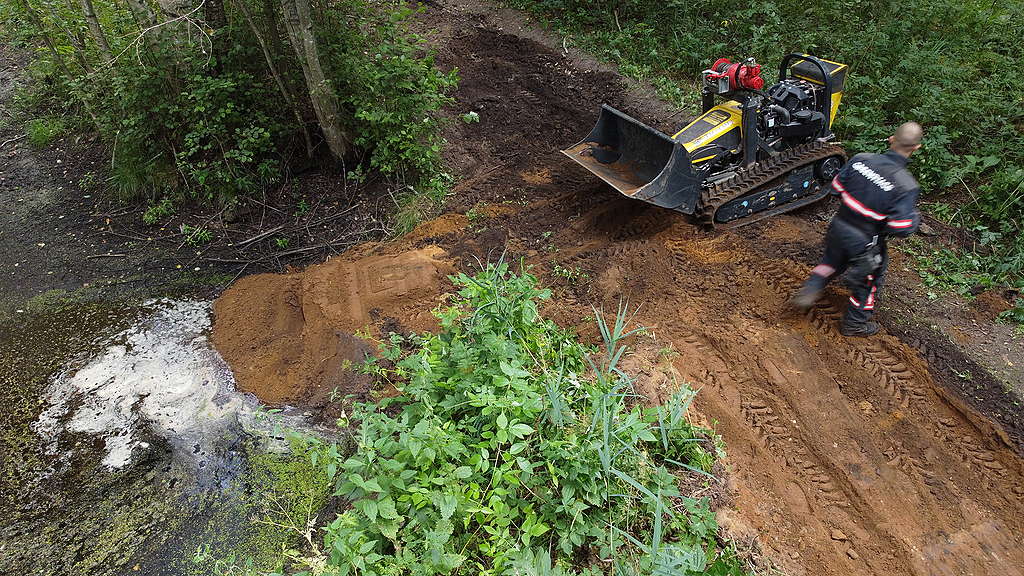
However, experts say, to fight fires when they occur is not enough – there are simply not enough resources to extinguish them all. What is really needed is to prevent the fires starting in the first place. Years of research show that about 90% of wildfires are of human origin. Apart from mere negligence to safety requirements, there is also deliberate action, like prescribed burnings or burning of logging waste that often results in huge wildfires. If such practice is abandoned we can strongly reduce the fires, and the resulting damage to biodiversity and our climate.
Andrey Allakhverdov is a media coordinator working with the Greenpeace Russia firefighting department






